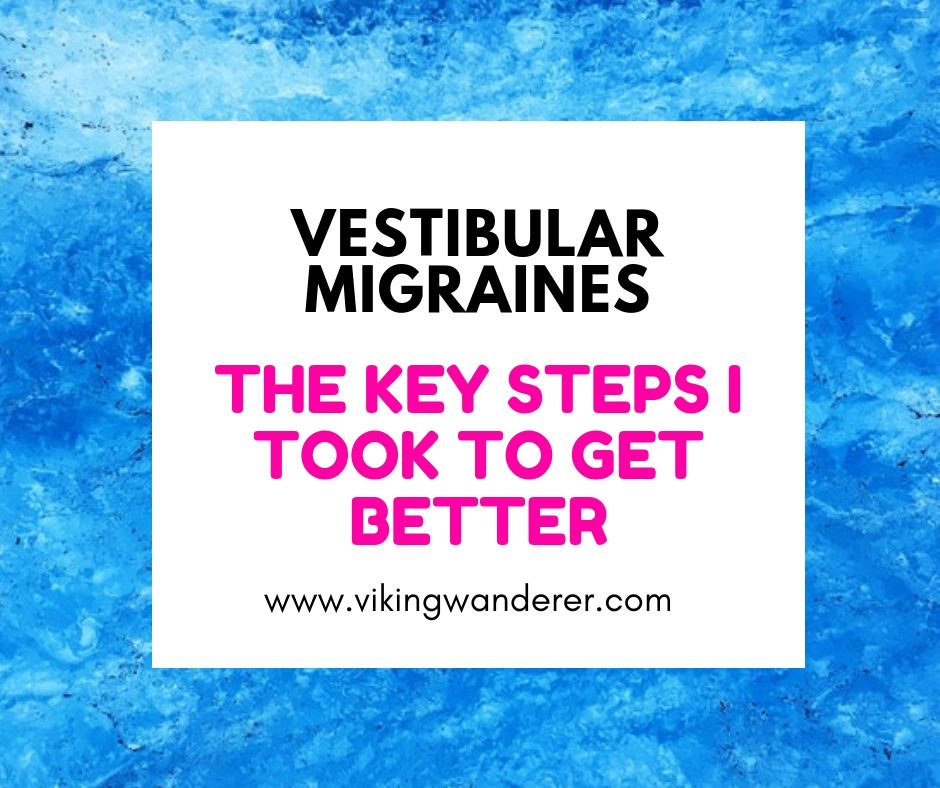It’s been 6 years now since this all started, and I can finally say I am around 95%. I have not had a migraine in 2 months, I am not on medication, and I go out every weekend to socialise and go dancing etc.
I STILL have triggers, but it is nowhere near as bad as when this all started. My main triggers now are extreme stress – I work in schools and the dizziness comes back after a stressful week, and goes again when I calm down!
So here are a few things I find were vital on my journey to recovery. When I say recovery, I will ALWAYS have a migraine brain but at least I am functioning nearly normally on a daily basis!
If you want to know my full story and how this came about, click here.

WALKING – At first I was bedridden on and off for at least two months. It was so severe my partner had to leave food by my bed and on some days I didn’t know how I would walk to the bathroom so I would crawl.
I also had to crawl to get up the stairs and it took so much out of me I had to sleep after. I couldn’t read or watch T.V. I would just lay my head down and have spin-outs in the middle of the night and every time I opened my eyes I just prayed to god that I would see clearly again but everything was still moving and it remained like this for 2 years – although on a lesser level as I started walking.
So how did I do it? On the days I was not in bed, my partner would finish work, and hold me up and we would walk around the block of flats where we lived. He did this for weeks at a time!
With time I got to the stage where every day I would walk laps around my living room until I got tired on my own, then rest. I then would take it further and walk a few meters to the end of the garden, and rest. I built up this routine to involve more laps as the weeks went on until I would walk outside the house and cross the small road to our local shop.
I used to say if I could make it to the shop, I could get an afternoon treat for myself like a chocolate bar. I was so dizzy I had to hold onto the brick walls to get there.
Once again, I continued this until I would walk further, around my block on a 5 minute walk. I live in Hammersmith and eventually, I got to the stage where I could walk up the busy high street for 10 minutes to reach a local coffee shop and sit down and rest up again.
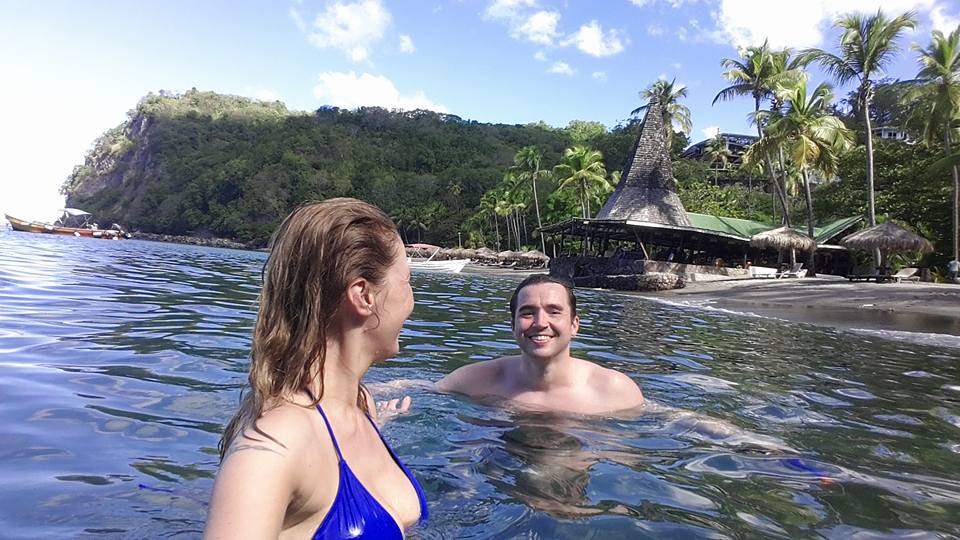
I found the biggest reason for me getting better was by testing my vestibular system. I saw myself as a child all over again having to learn to walk, see etc. I did try multiple medications in the early days but I was just soooooooo dizzy, nothing seemed to work.
I finally managed to make it to 15 minute walks before I would feel exhausted and dizzy, jelly legs etc. This was around the 1 year mark.
Note: Please note I had to rest when I was really exhausted for a few days if needed, and then I would carry on walking again. It’s s fine balance between pushing yourself too much or doing too little to test my vestibular system and being mainly housebound.
Once I got THIS far, I went onto vestibular exercises.
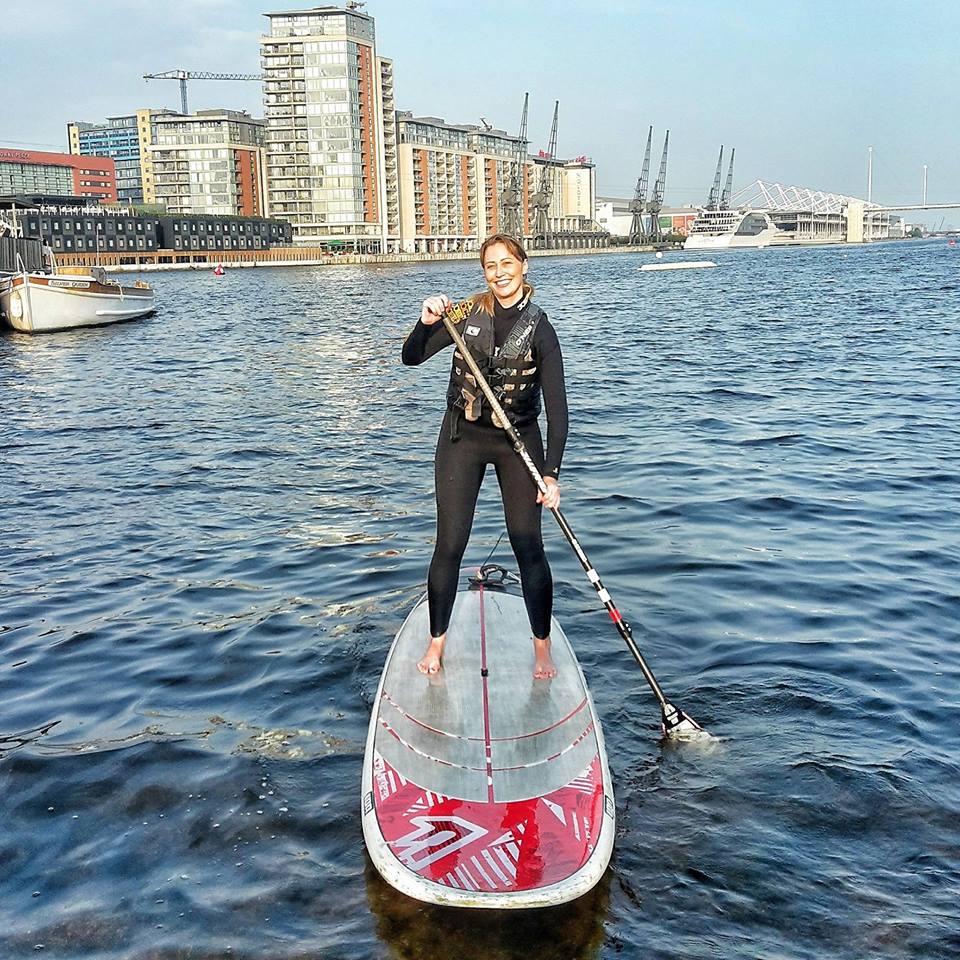
VESTIBULAR EXERCISES – These exercises vary for everyone but click here to see the exercises I used to do. I was absolutely exhausted after trying these exercises and often felt DIZZIER! But over the months, I found I could ficus a little better and my balance improved. Once I realised they were working, I went to hospital once a week with a vestibular therapist that gave me exercises to try at home. I would then go back a week later and we would time how long I felt dizzy after doing a particular exercise. I found that over time, I felt dizzy less and less and then I could stop going.
MEDICATION – As mentioned, in the early days no meds seemed to work. The only thing I took if I went out anywhere for appointments etc was Stemetil which helped to take the edge of the dizziness a little.
I moved onto Flunarizine a calcium channel blocker 3 years later which seemed to help with my vision, but by this time I was already around 80% better without meds and I found this medication gave me low moods so I came off.
I am definitely not anti-meds and will look into the med route in the future if I find my full-time job working with children is getting too much and I need to take something as the dizziness comes back.
I also still have problems on and off with sleep and I need a good 8 hours a day or I will get burnt out. I take Zopiclone which is a sleeping medication on the nights where I can’t sleep and have to be up at 7 for work.
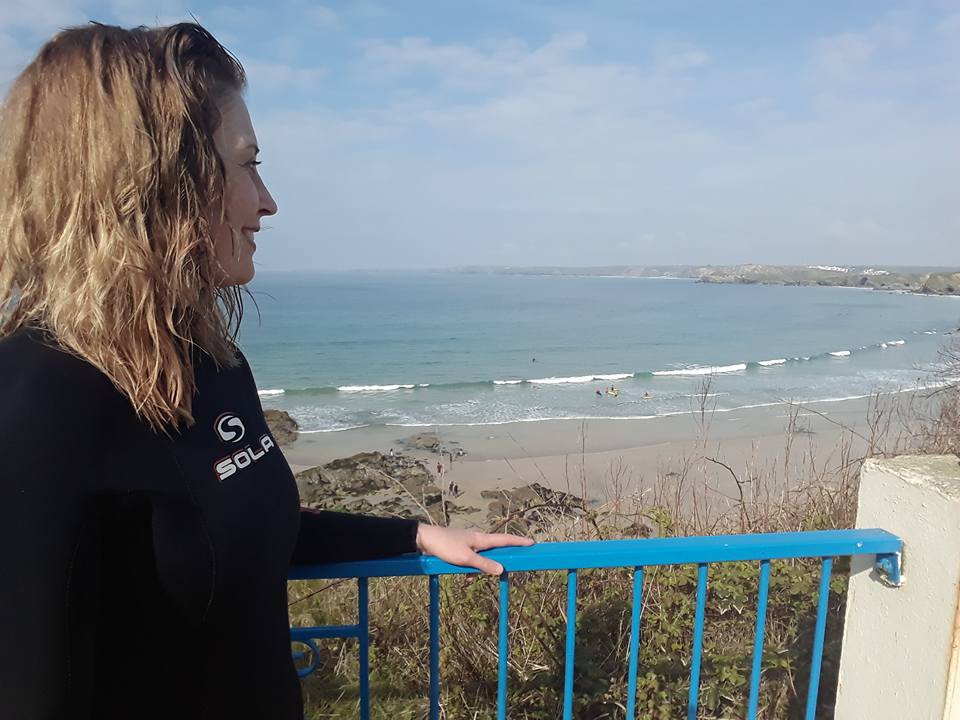
ACCEPTANCE – This was the hardest for me. Luckily in a way my dad was an ex marine and even though he had passed when I got this illness, I knew he would want me to fight it and push on. But all that fighting does nothing at all if you don’t accept it in the first place.
Rather than realise, Ok, I have this now, It will be here for life and I will need to take life a little easier and manage it, I at times pushed myself like I was ‘normal’ but this was my NEW normal and I had to get used to it.
Once I finally accepted, this is what I have now……. at the 2 year mark, I came on leaps and bounds as I started to create a treatment plan to get through it. I was no longer trying to carry on like my OLD self! I also had counselling to get me through this stage as I became very depressed and at times no longer wanted to be here. Click here to hear me talking about low moods.
Click here to see a video on me talking about learning acceptance with this condition.
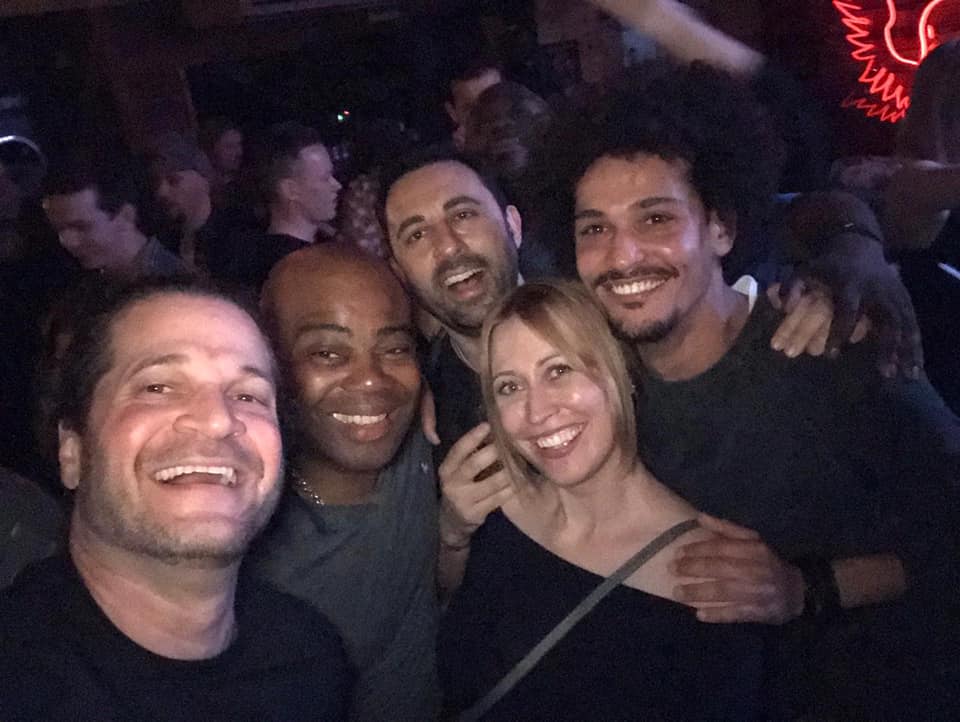
GETTING ON WITH IT – In the early days, months, years I was a google fanatic. I would google until my eyes and dizziness couldn’t take anymore to find out HOW I could get better.
I was OBSESSED with my condition and how DIZZY I was feeling that morning. I found this made me feel WORSE! After a year or so I thought, fuck it. Just GET ON WITH IT! This is NOT going to stop me and take over my life anymore, dictate when I can see my friends, how far I can walk, if I can see properly again. I used the anger I had to march to the supermarket dizzy as hell and go food shopping. I was NOT going to let this illness dictate my life anymore!
I found that once I stopped obsessively thinking, ‘How dizzy am I today’ upon waking and just ‘getting on with it’ as best I could, I also started to recover faster.

Please note that EVERYONE is different, what might work for me may not work for you, but overall accepting this is your condition and realising the old you has gone but there is STILL a new you out there that can STILL have a life surrounded by family & friends can be vital in your first step to recovery and being kinder to yourself.
Through this I had to give up my university degree, I lost my job and the house I was renting, I even lost my 5 year relationship to the man I thought I would marry and friends too…… BUT…. I have moved to a new area, started to work again, made a ton of new friends, have started dating again and have an active and fin social life so HAVE HOPE!!!!!
Click here for more vestibular migraine videos
UPDATE! I wrote this post 3 years ago! I am not on any meds right now but recently I started to learn to rollerskate in the last few months and it’s going well!
I still get flareups if I am stressed and extremely tired on a consistent basis, then I can almost guarantee I will get dizzy and feel like I am on about for a few days until it all calms down.

